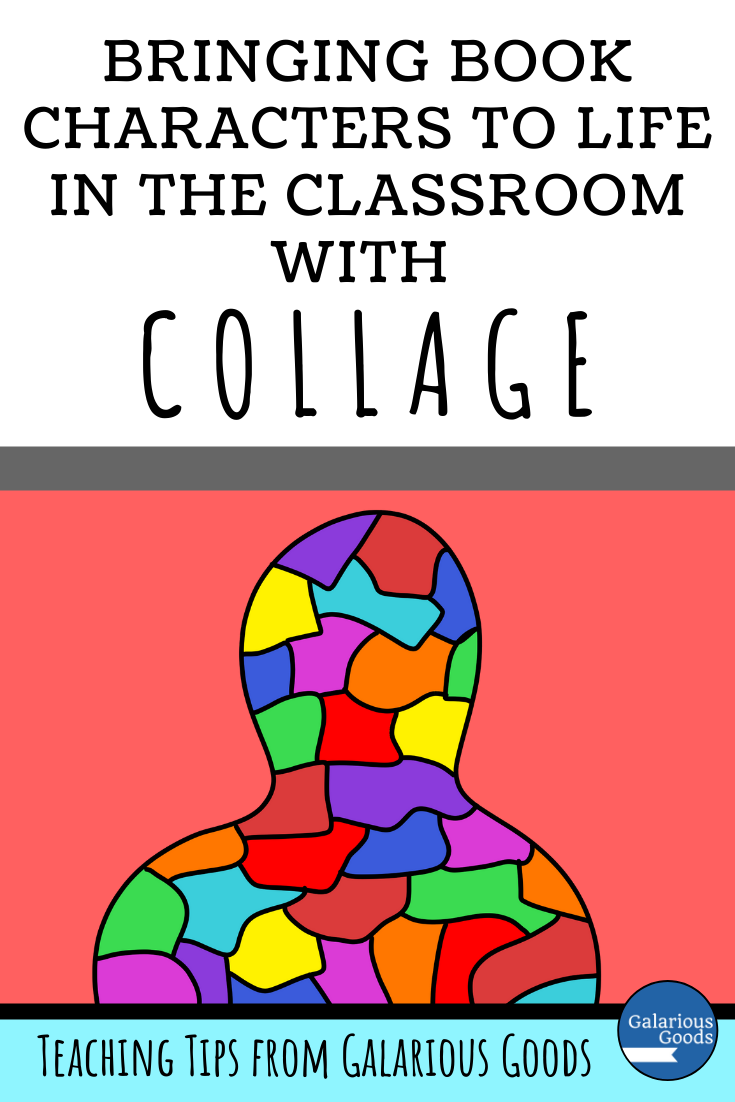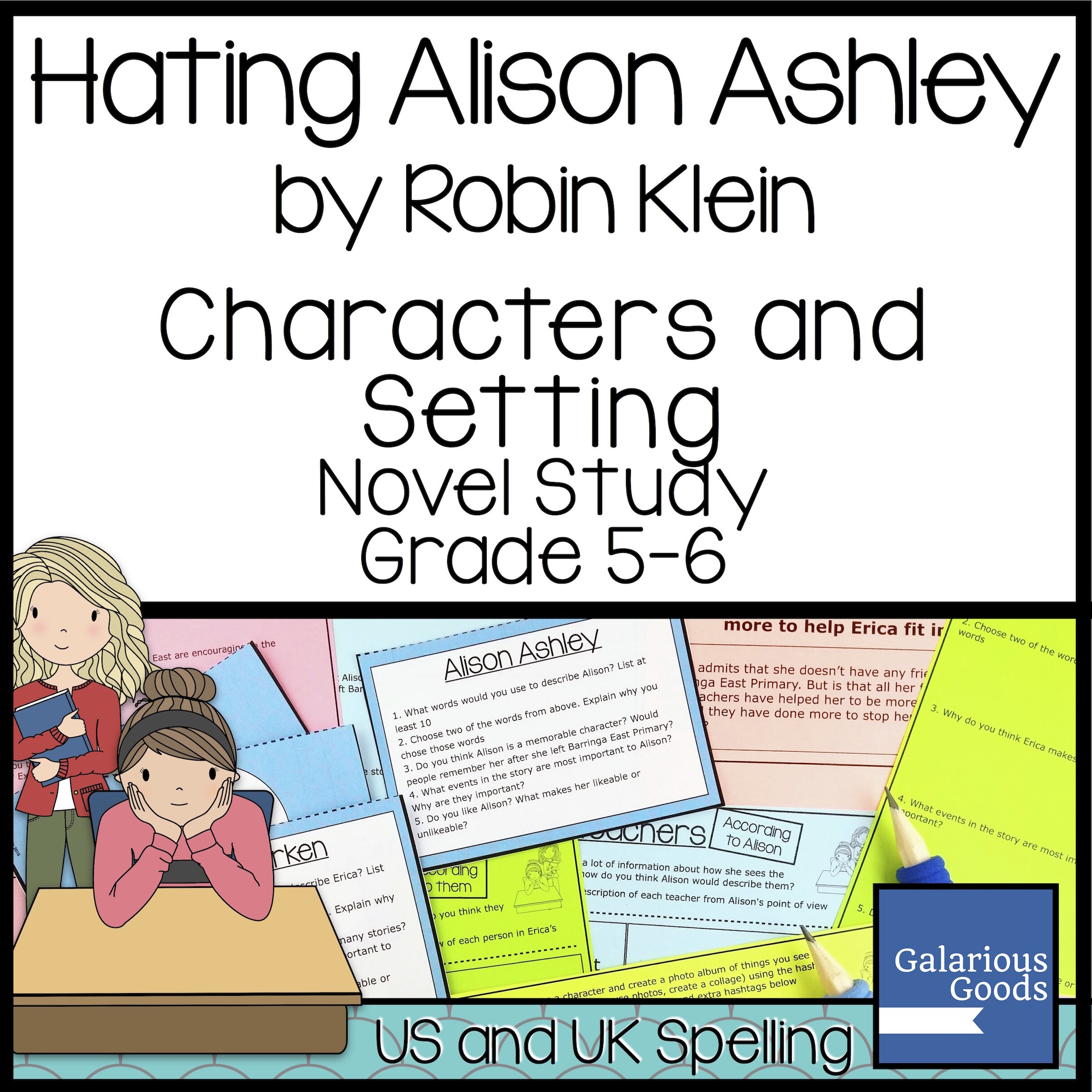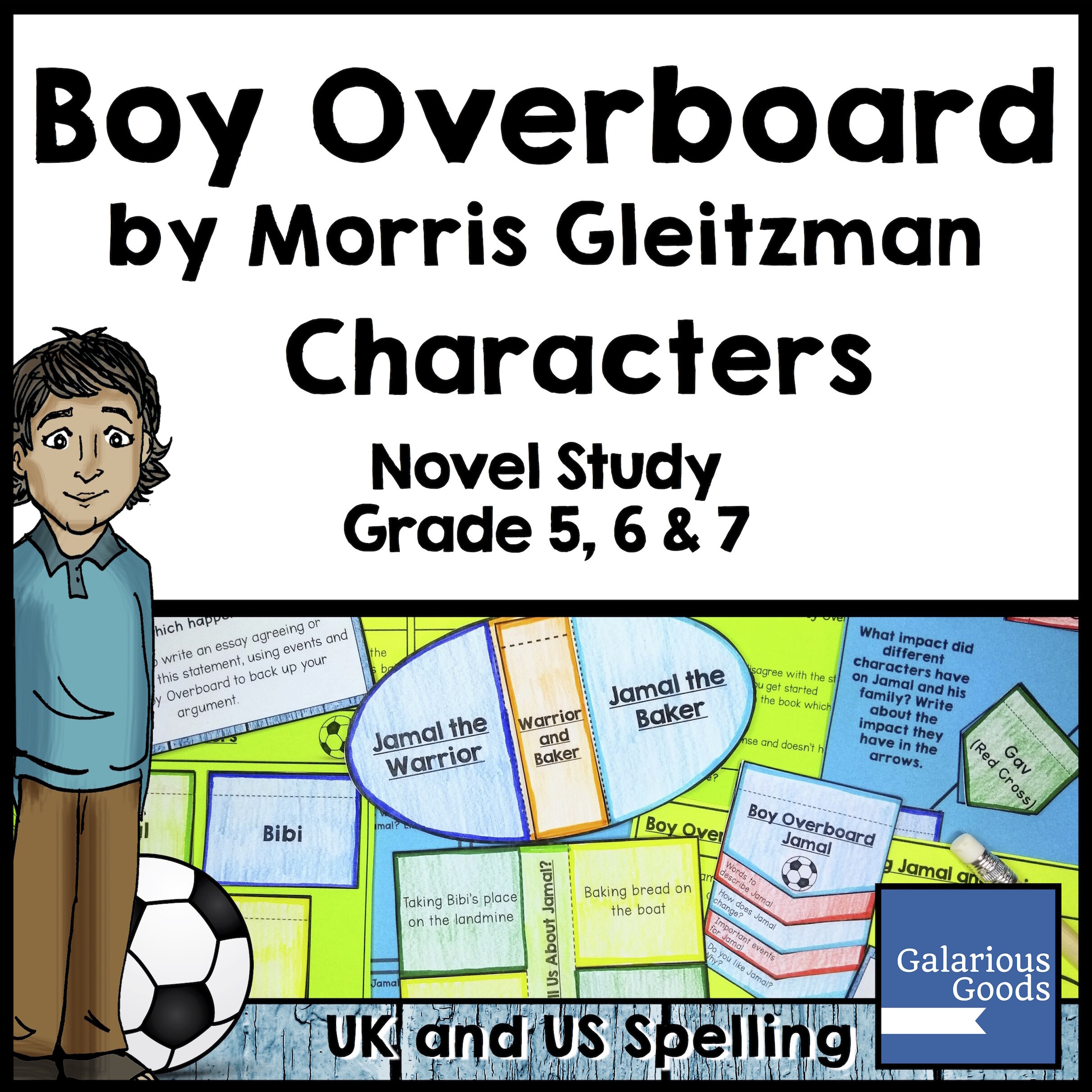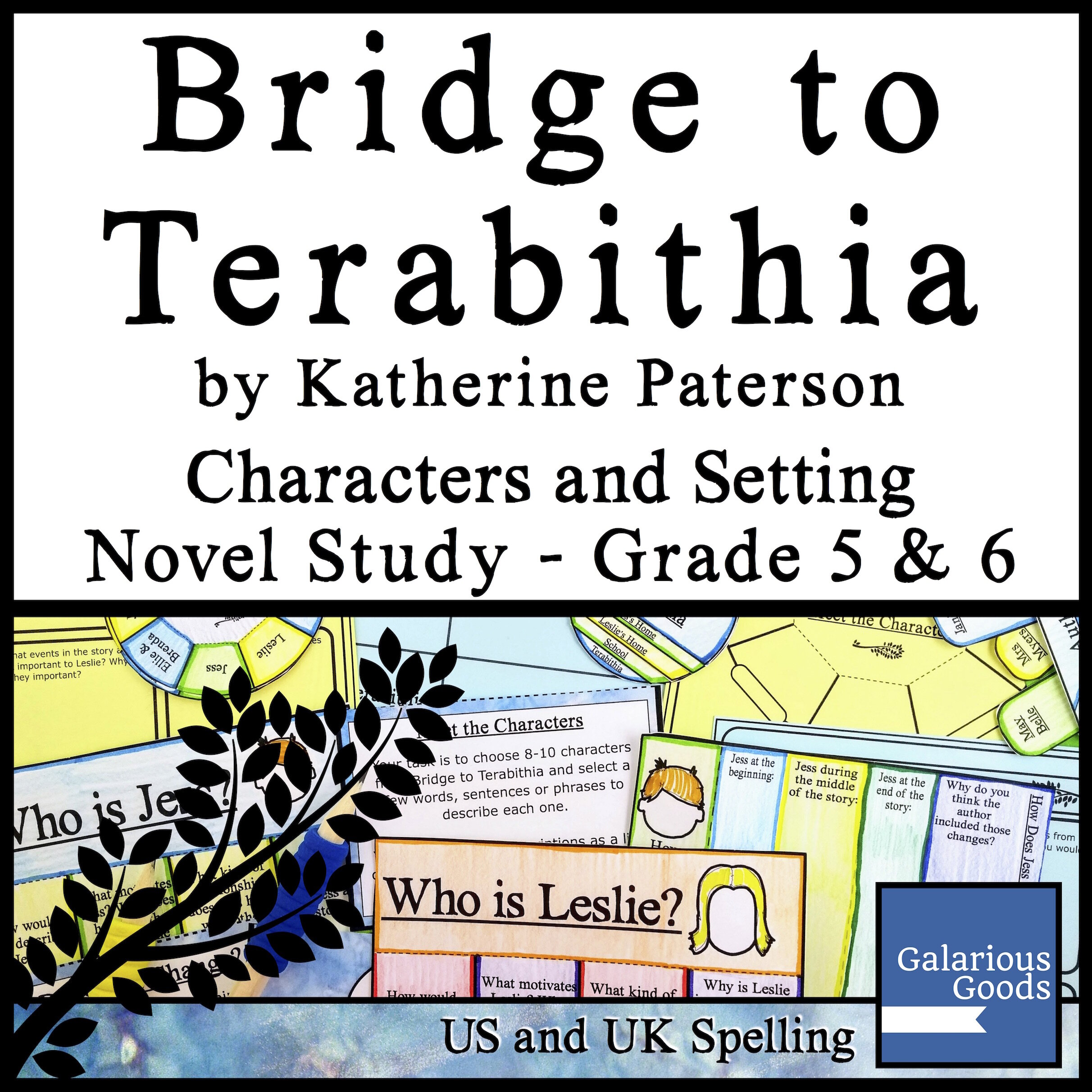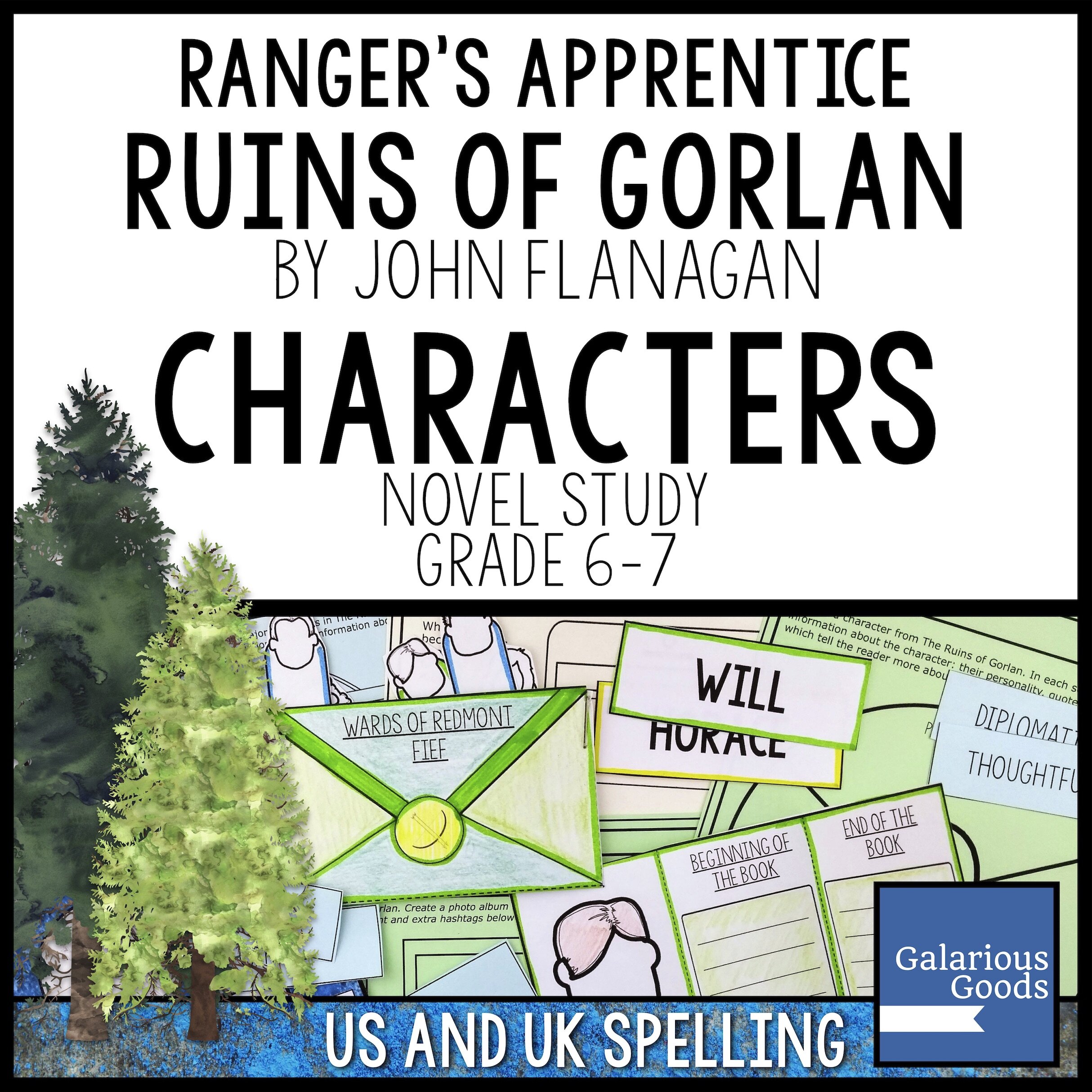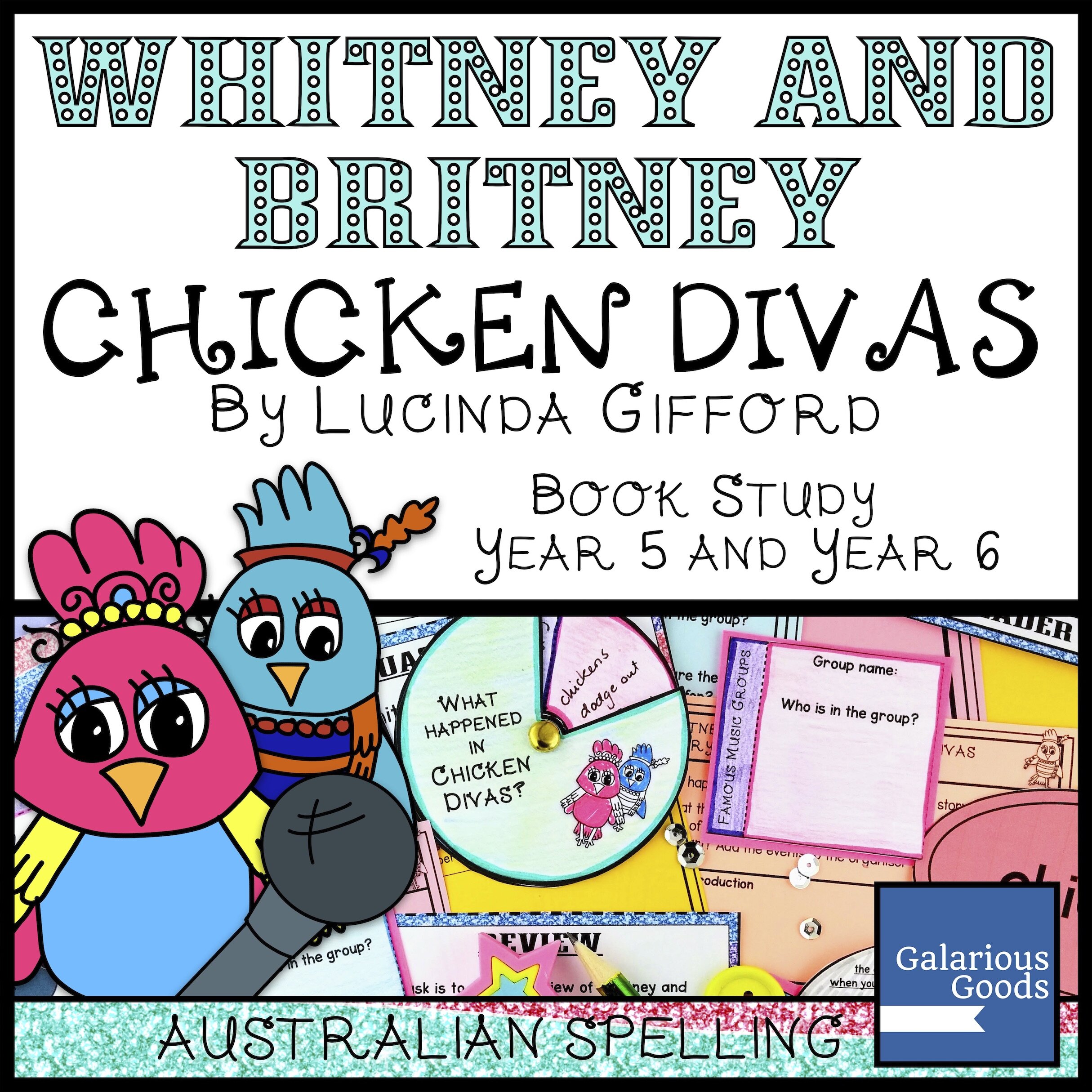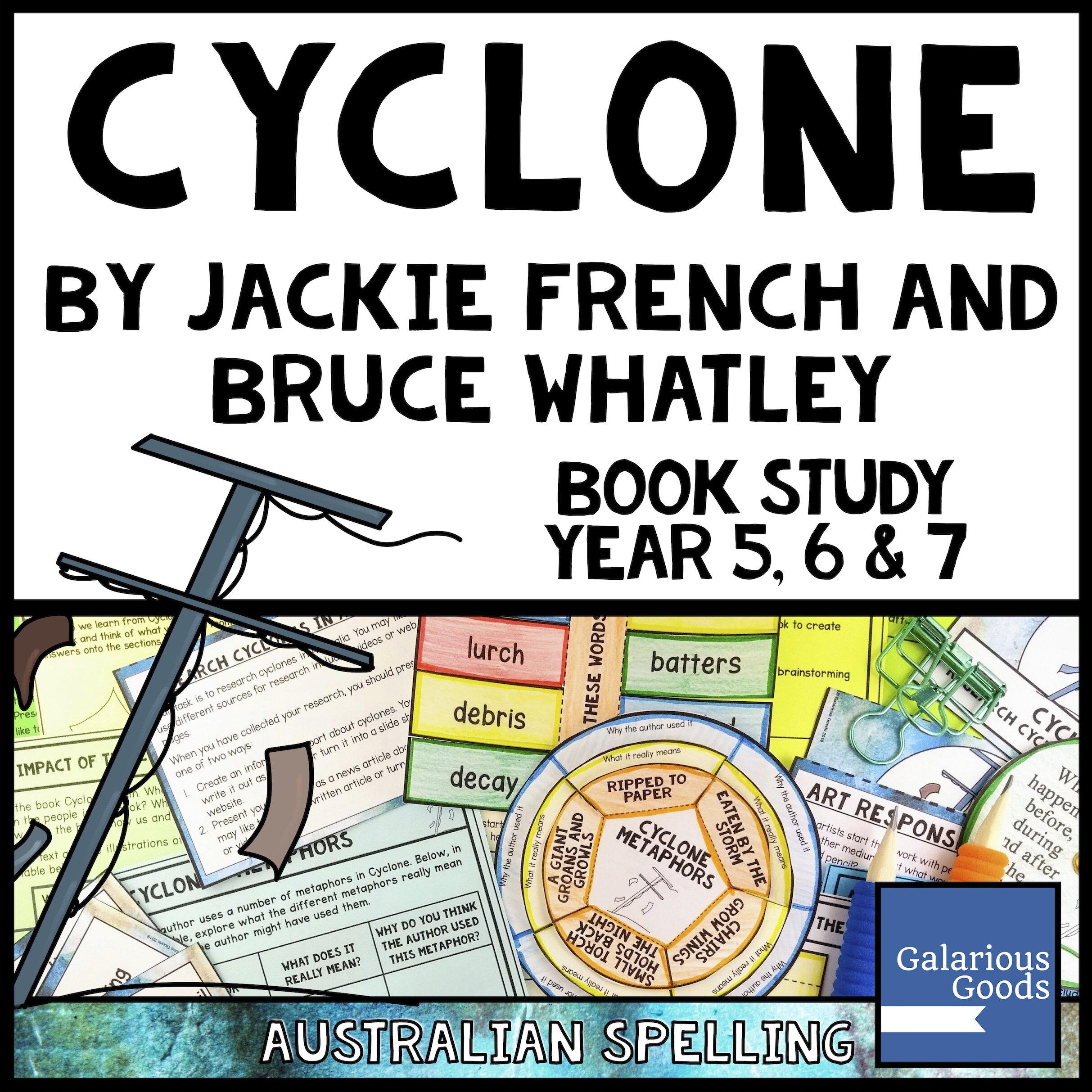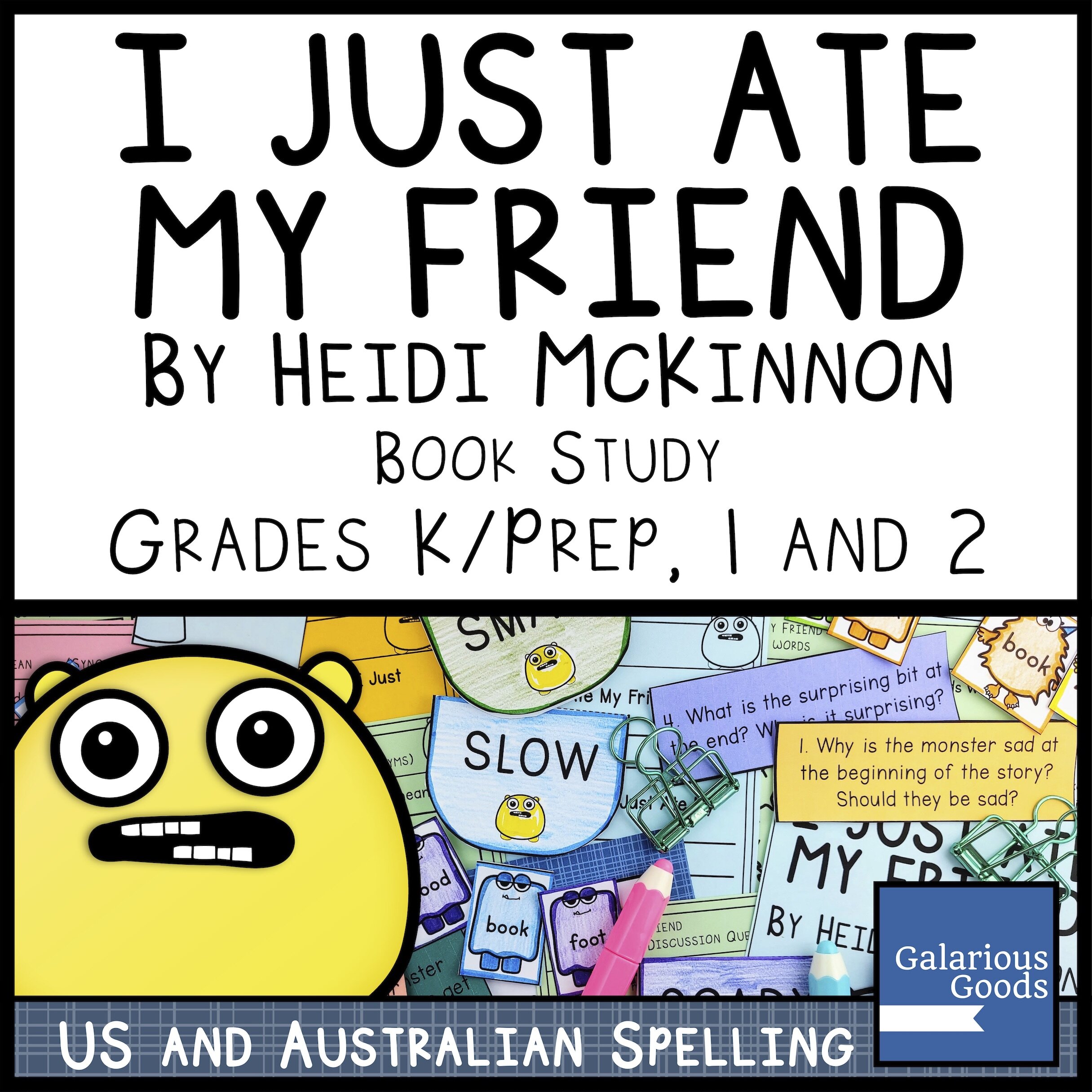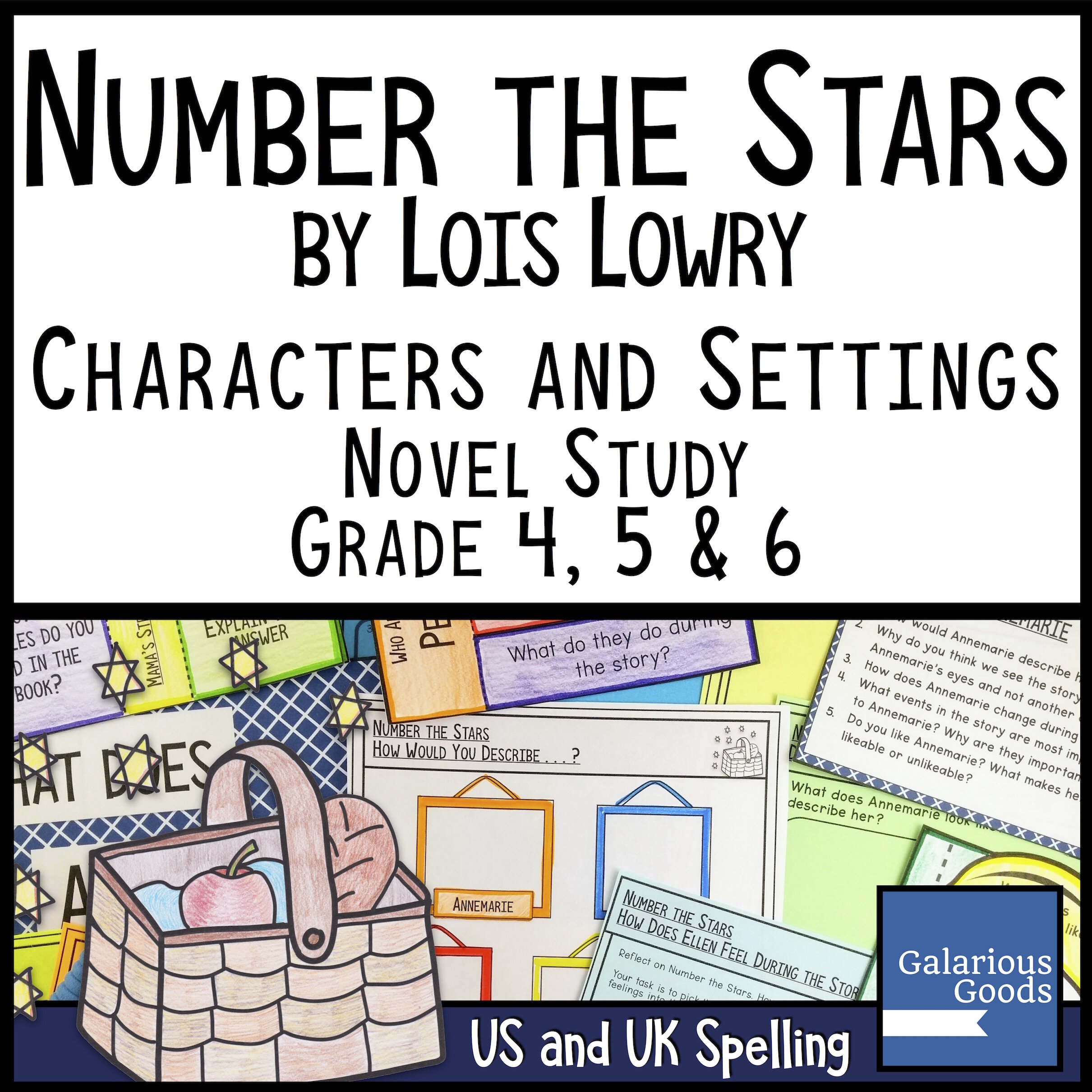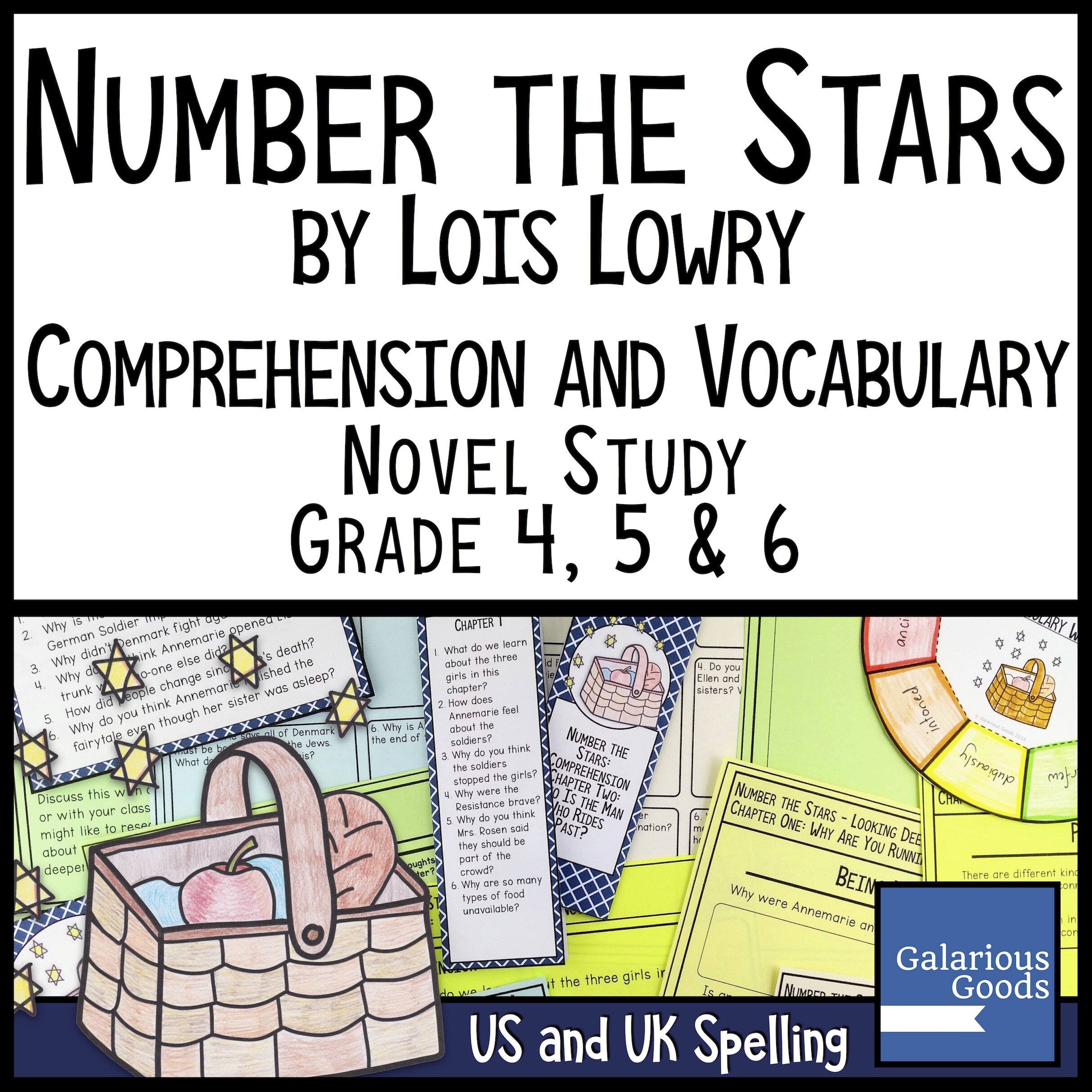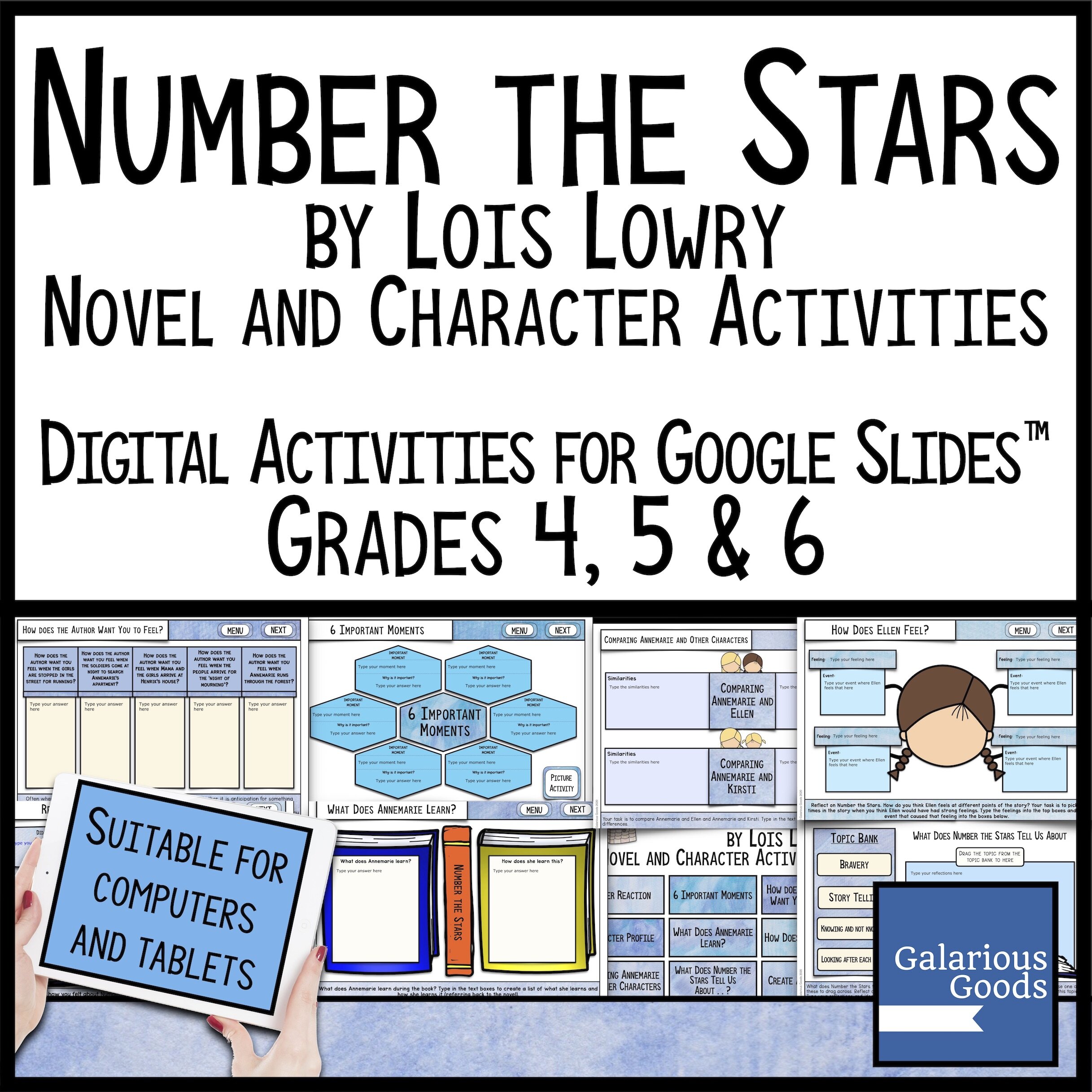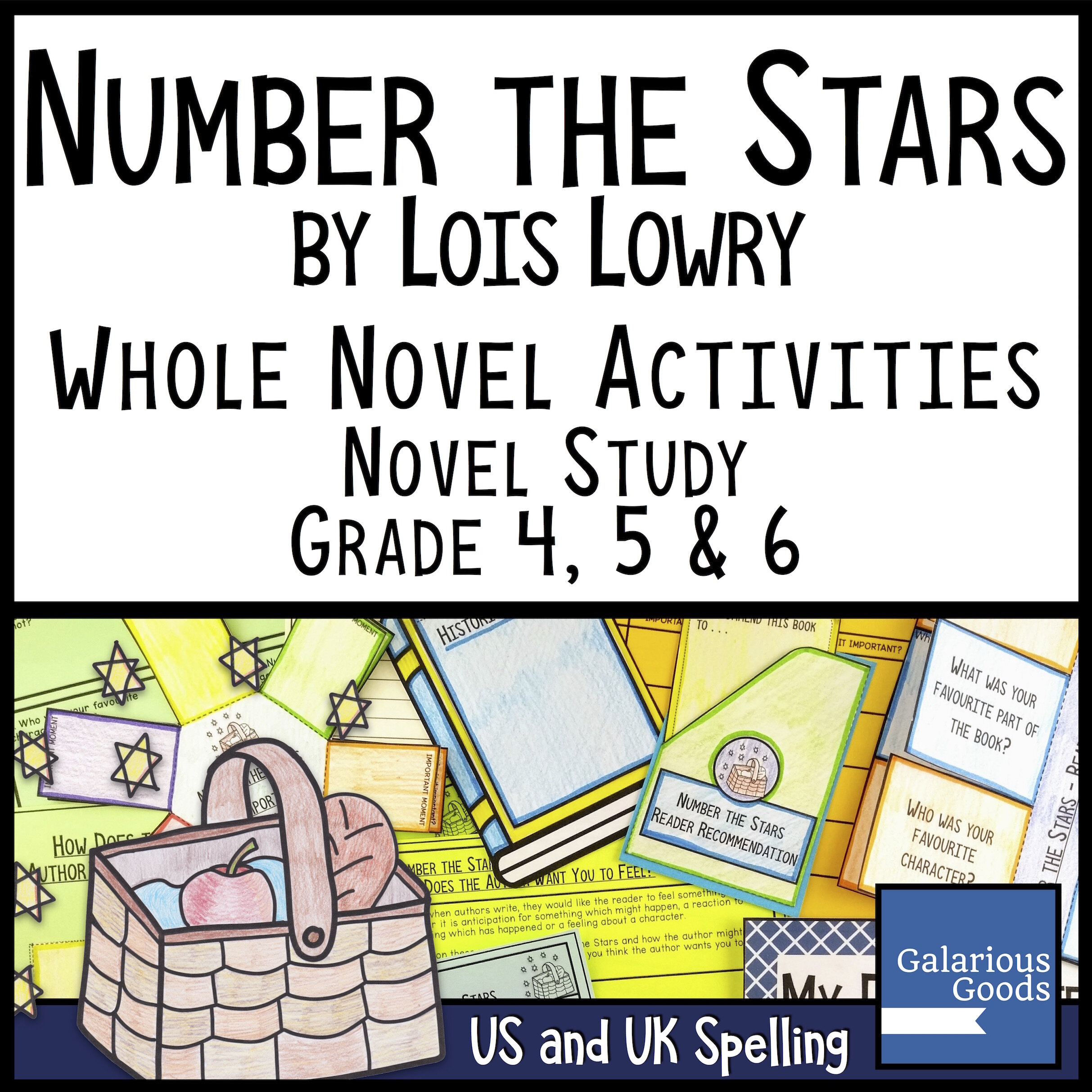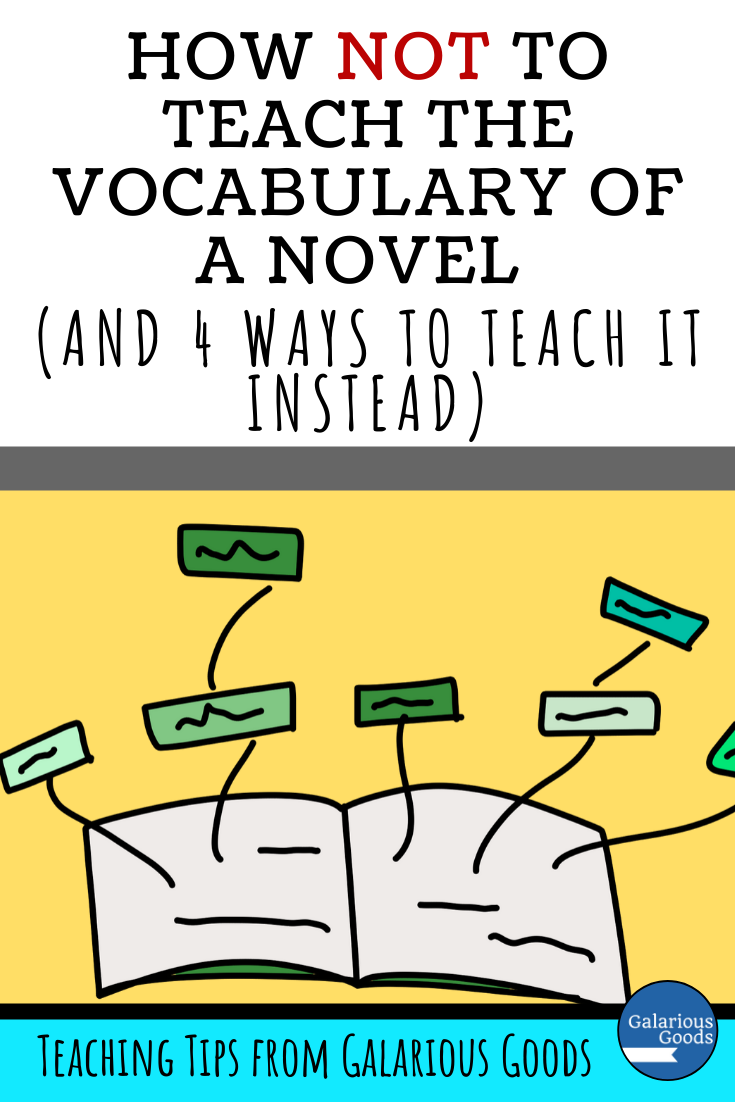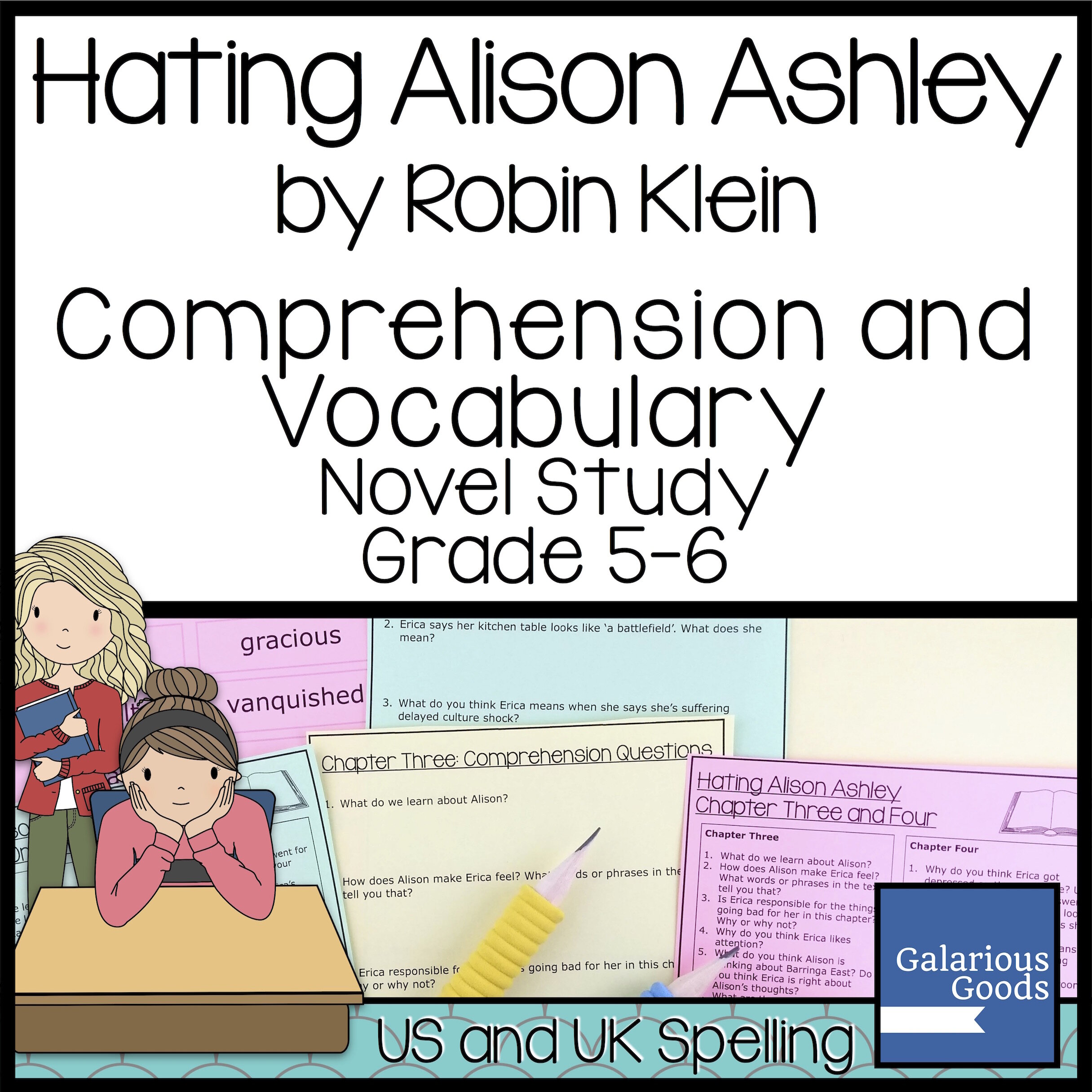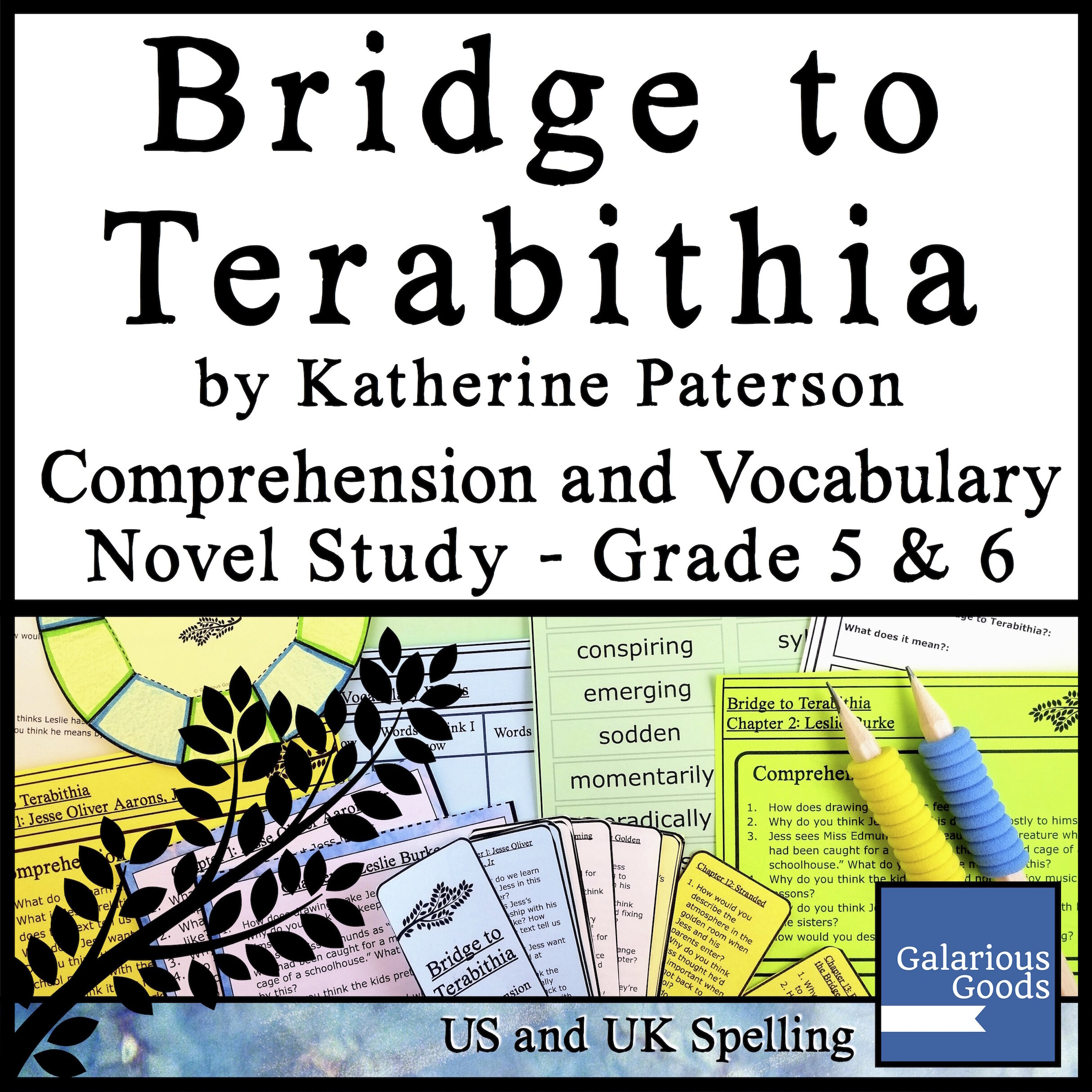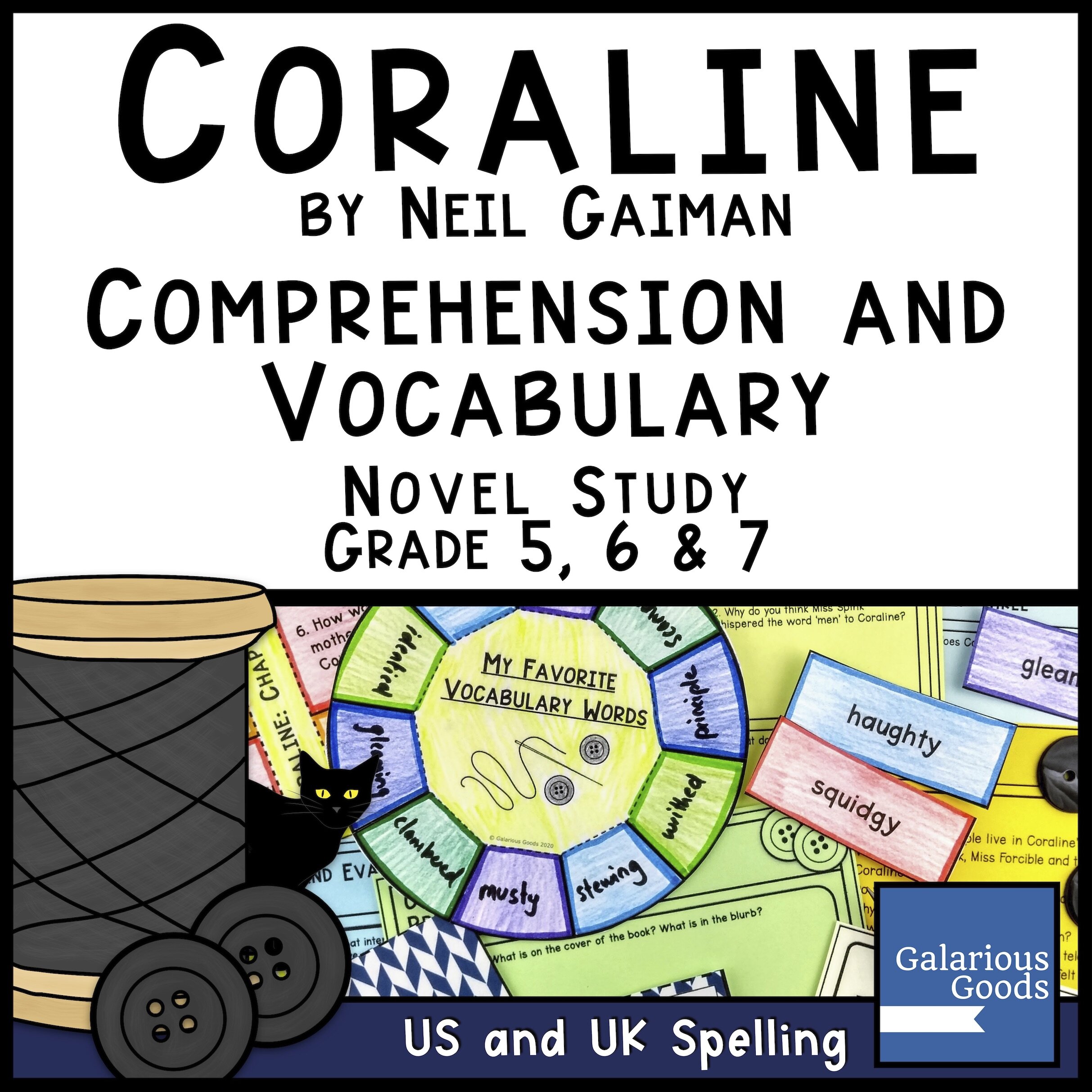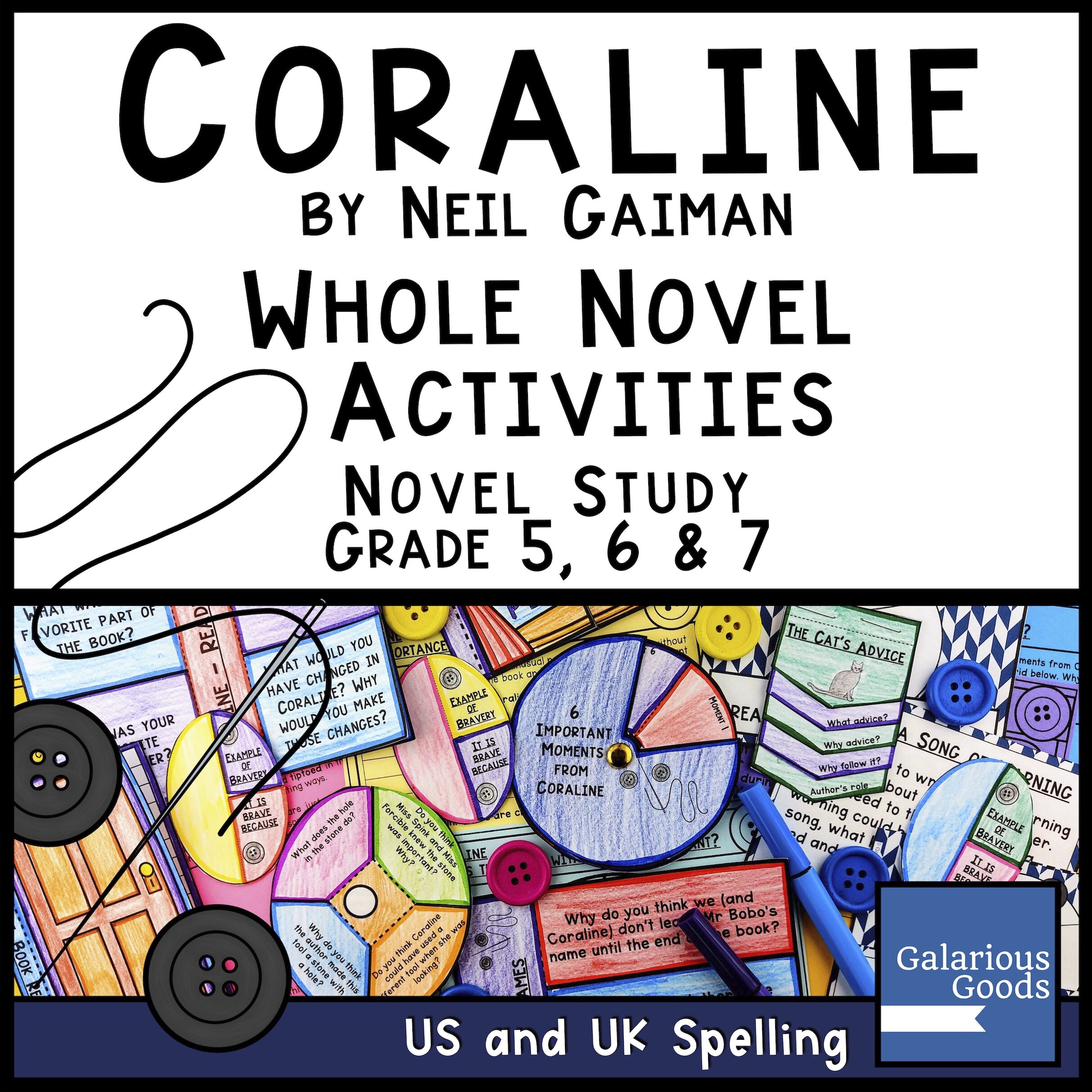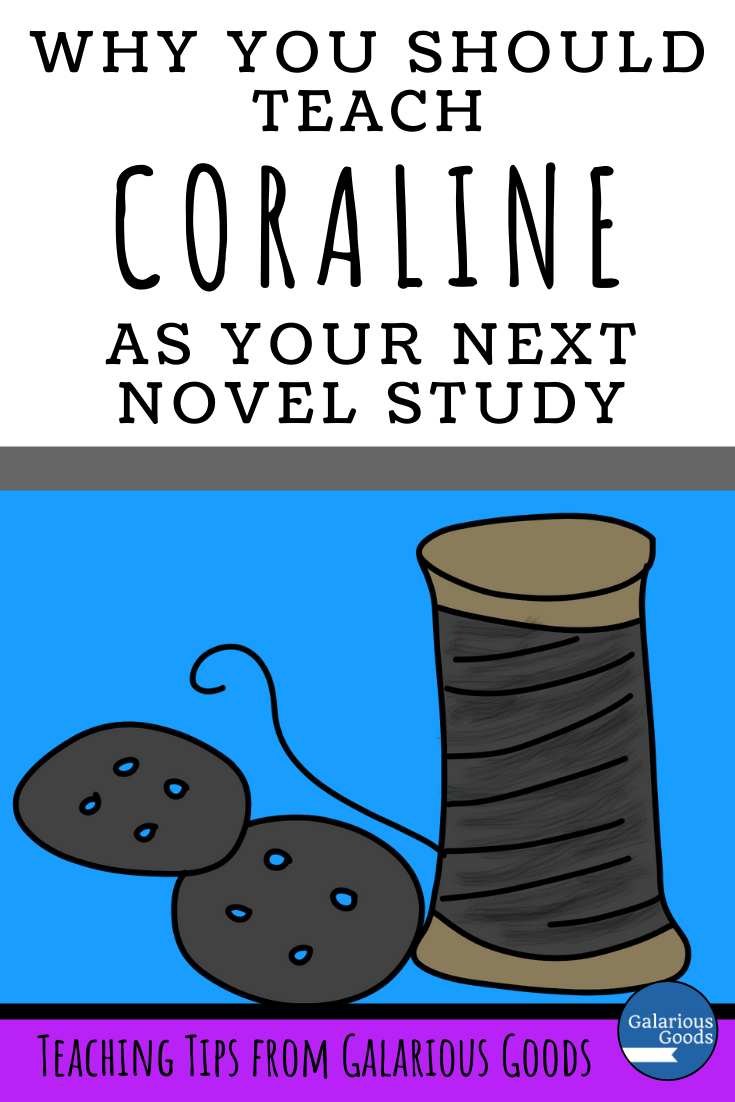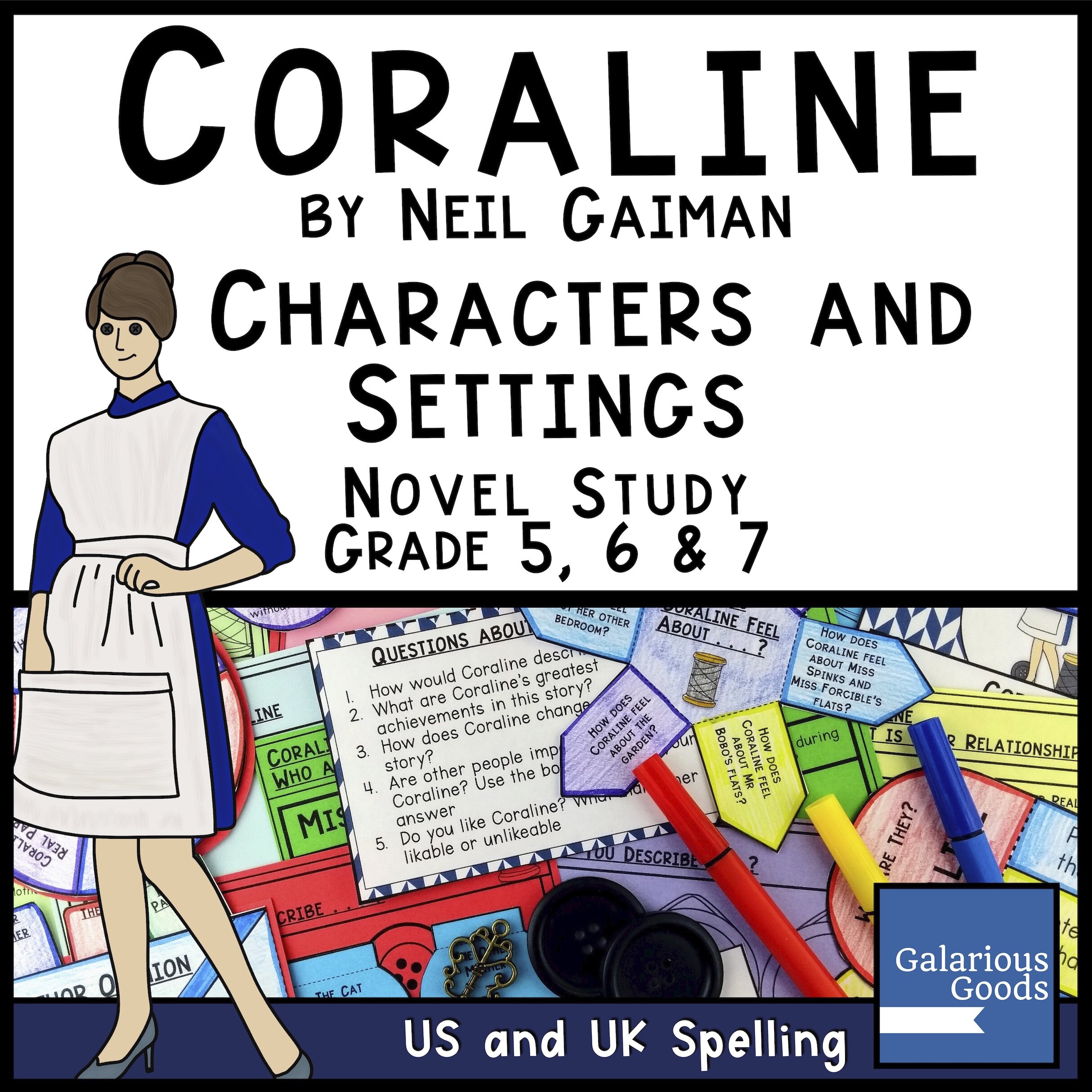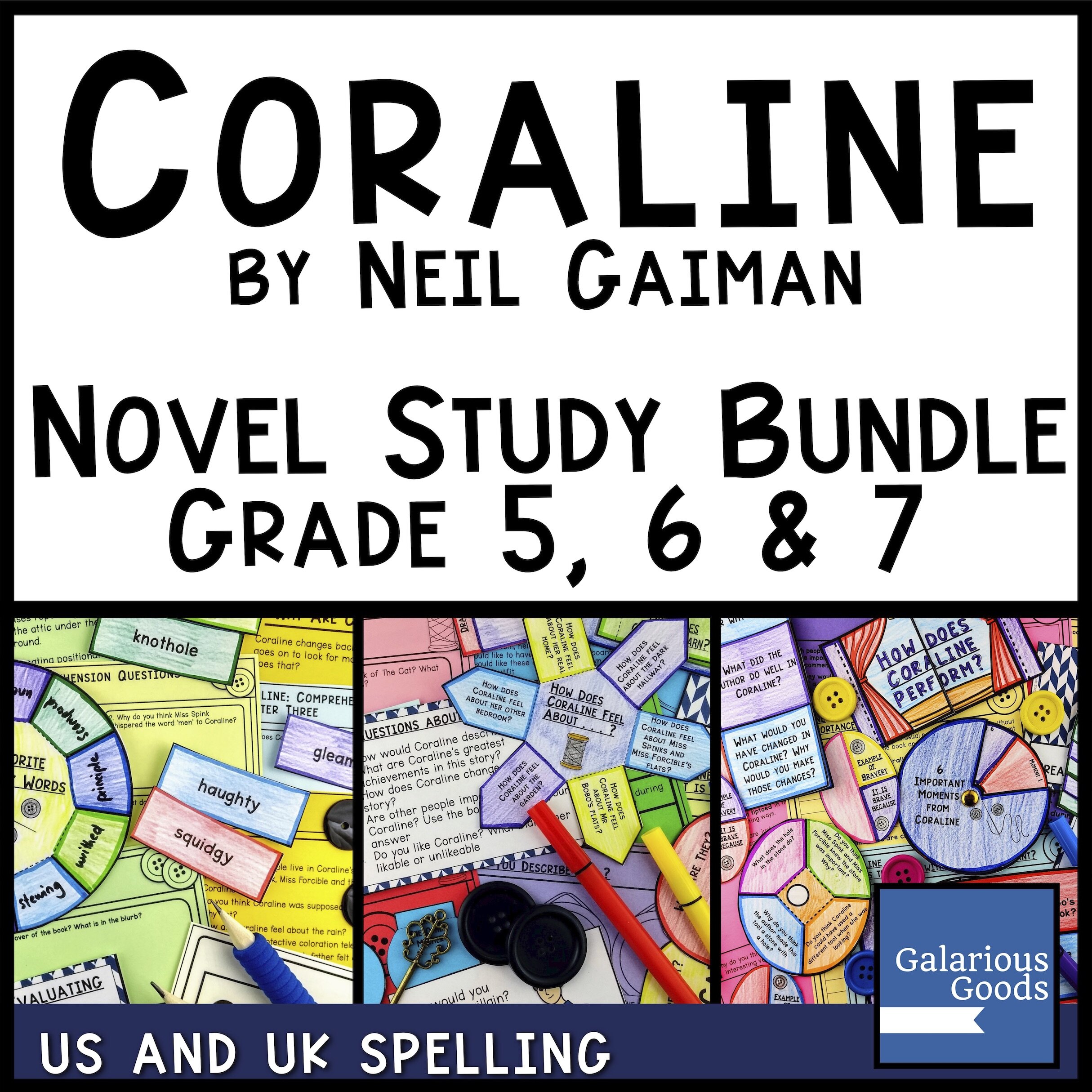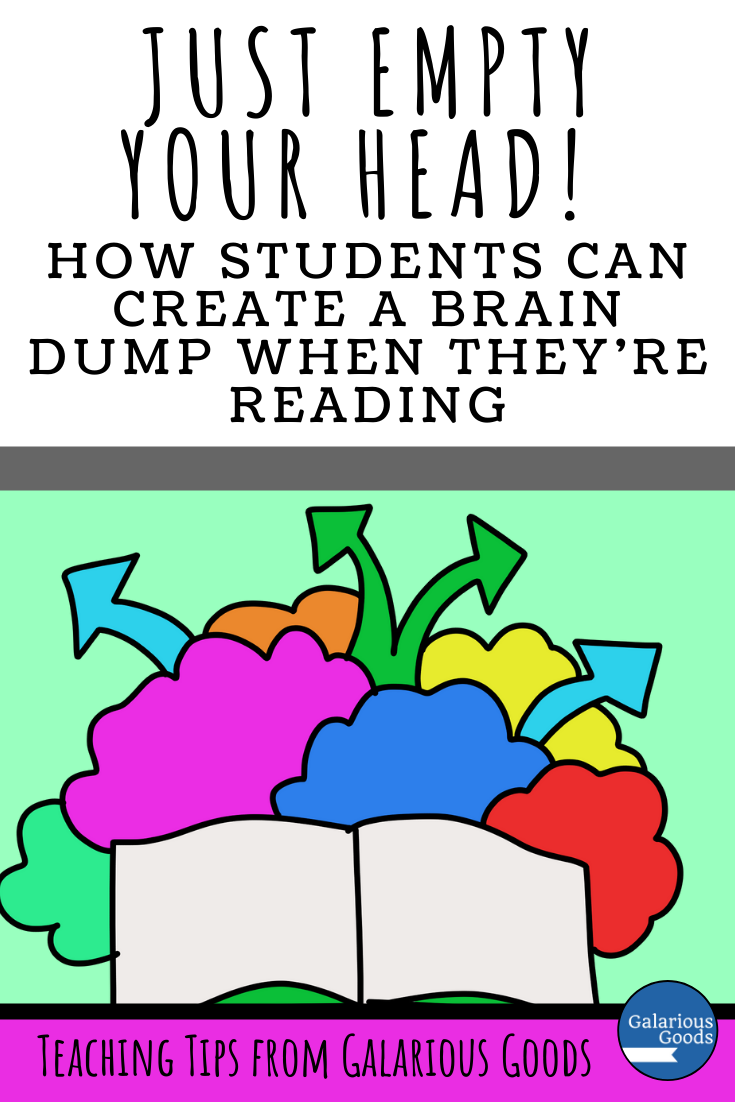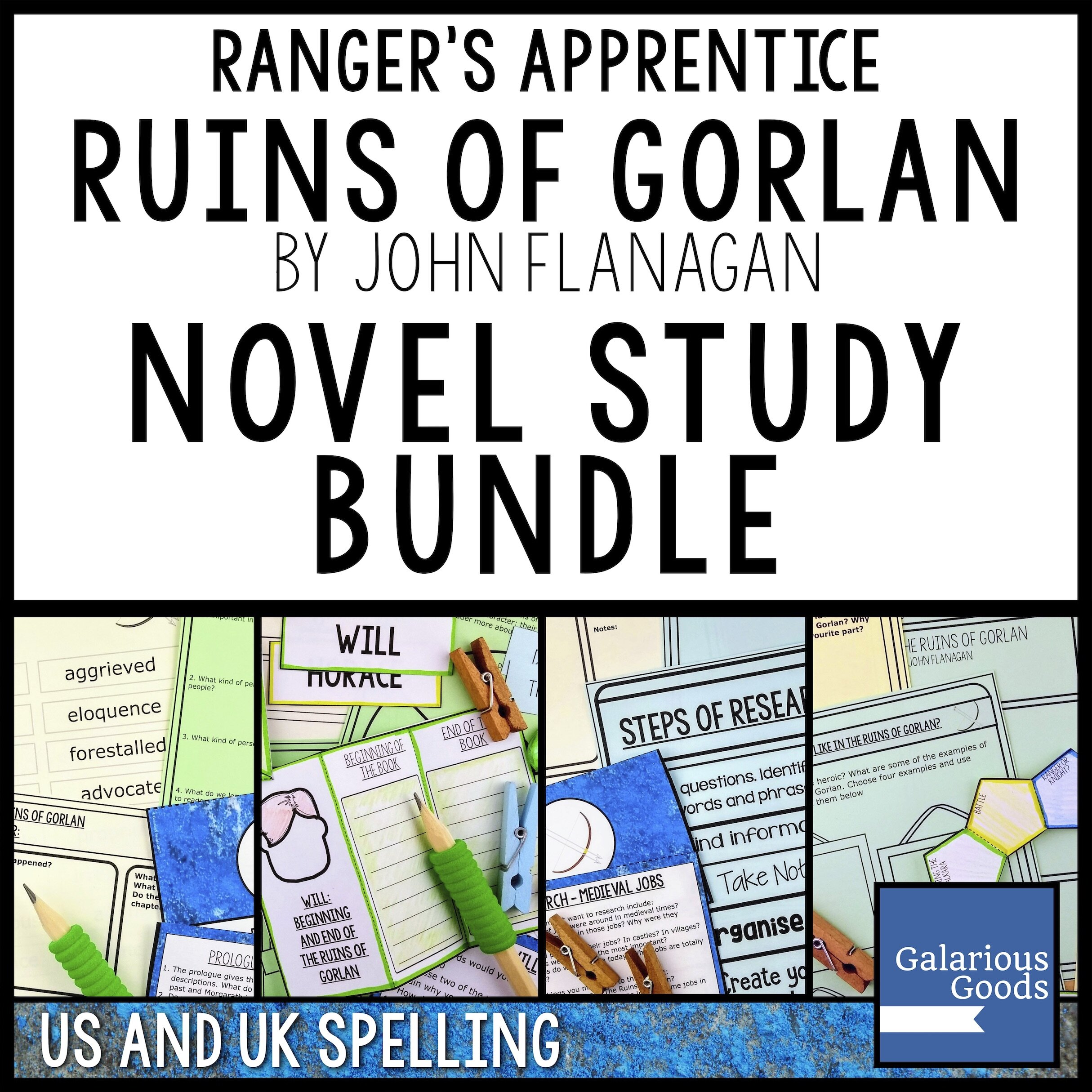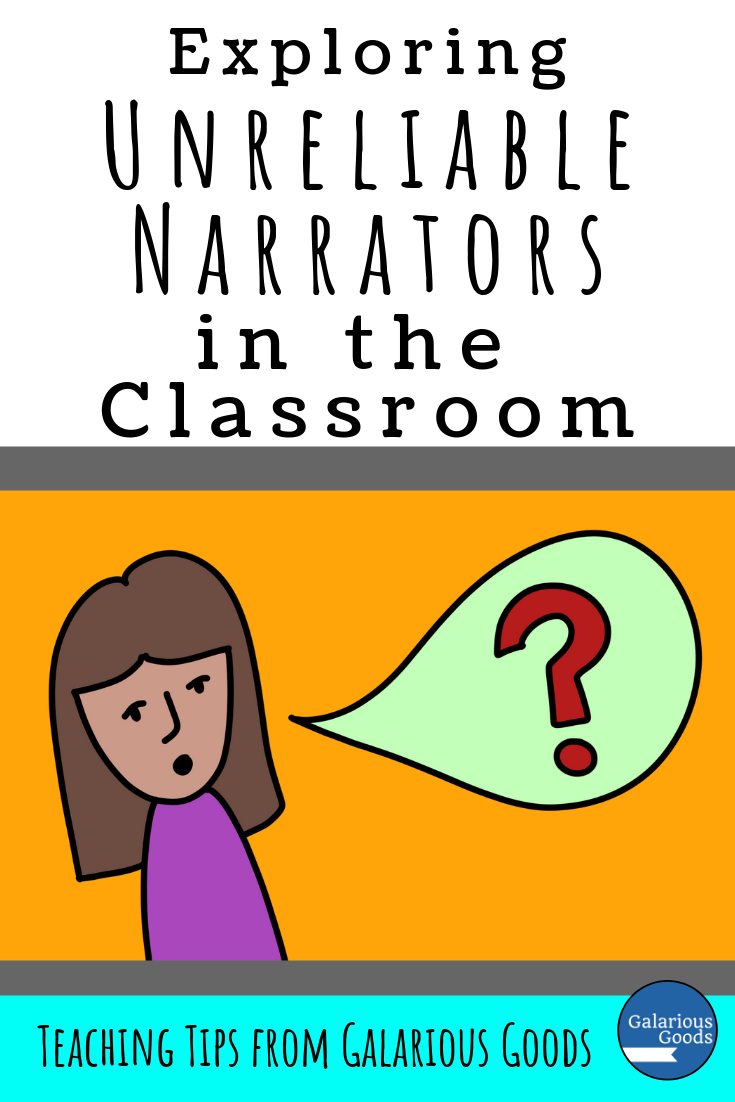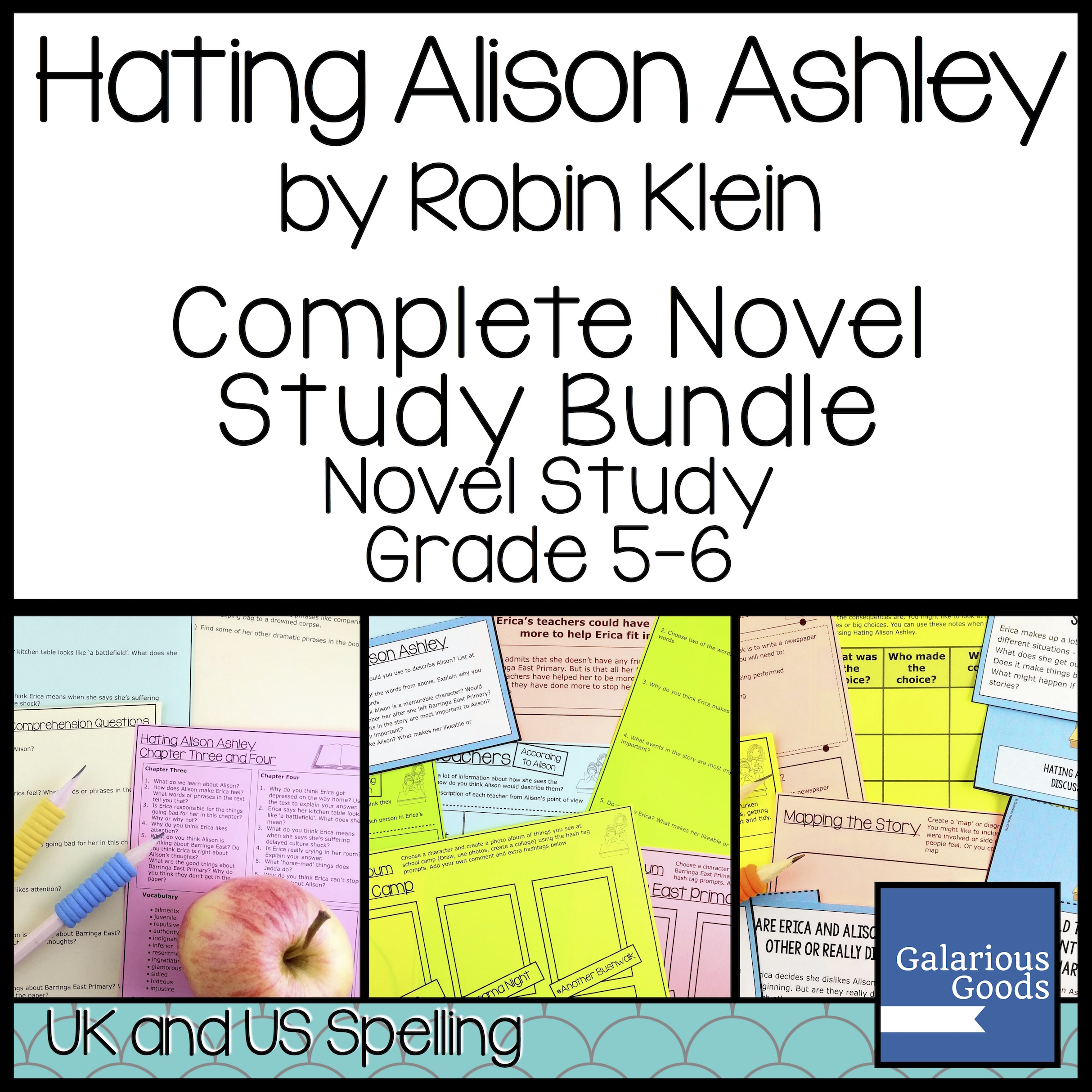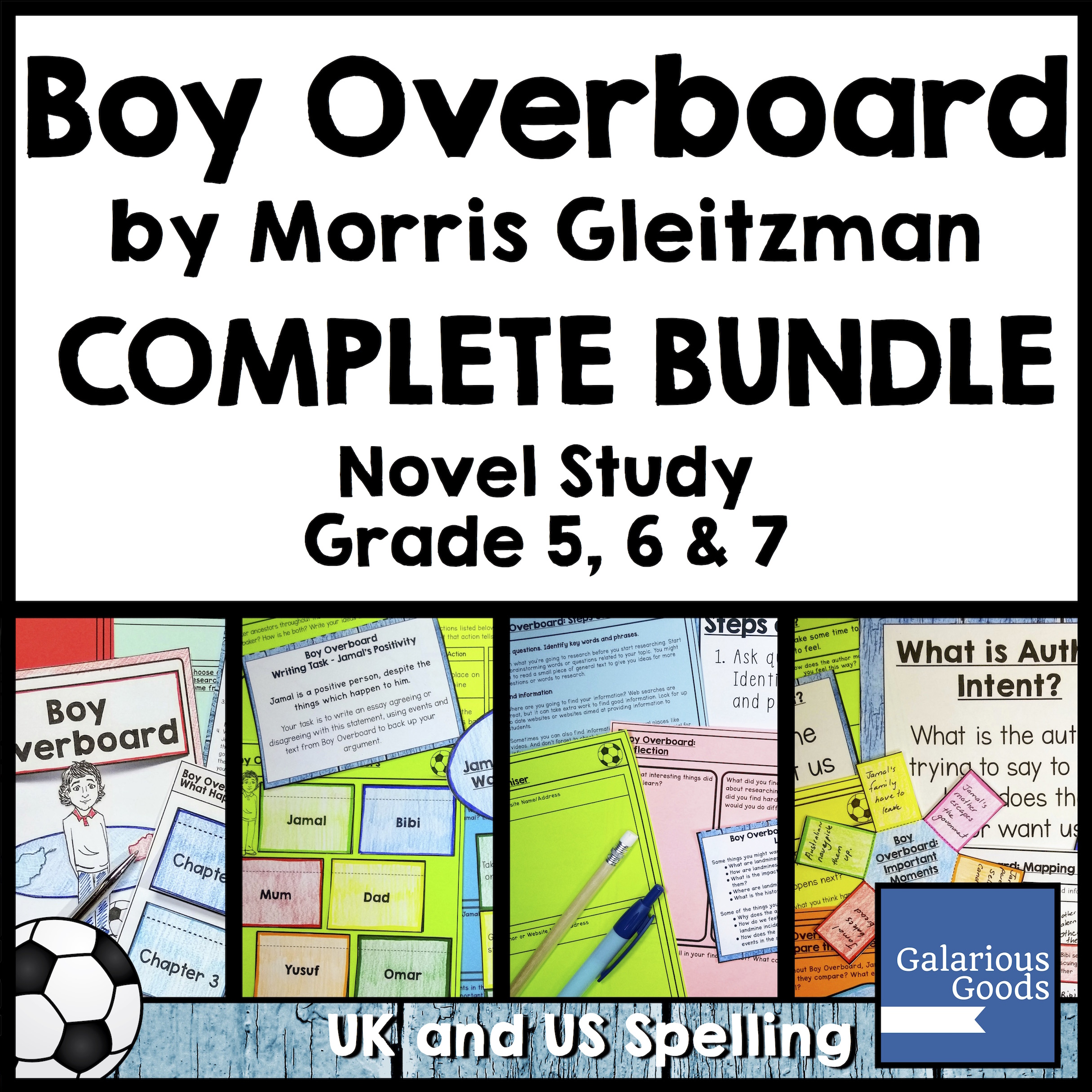Bringing Book Characters to Life in the Classroom with Collage
/Are you looking for an alternative to character profiles in the classroom? What about giving this project an artistic twist? You could always try some collage . . .
A collage is a piece of art created by combining different elements. In the classroom we often see collages made from coloured paper and magazine or newspaper cut outs, but you can also use fabric and other textiles, recycled materials, photos and other materials.
A collage is a great way to represent a character since it allows the creator to show different elements of a character and even the experiences they have throughout the story. It can be used to show a snapshot of a book or as a book report alternative.
Here’s one way you might like to approach this activity with your class
1. Identify the Features of the Character
The collage begins with planning. That may not be too exciting for the students, but it allows them to produce a higher quality piece of work and allows them to demonstrate that they really understand the character and the book.
Students need to identify the features of the character - the characteristics they want to represent in the collage. They might also like to represent relationships the character has in the story or make a reference to some of the most important events in the book.
2. Use Colours, Images and Shapes to Define the Character
Students need to consider what kind of collage they want to create. Are they beginning with the shape of a person (or animal, if the character is an animal!) and filling it in with collage. Or are they intending to fill the whole page with different elements of the character. This might be a decision you wish to make for the students - you can even provide them with outlines of bodies or heads - or you may like to let them make this decision themselves.
Once they have that worked out, students need to start adding in the material. What they use will be dependent on many things - including classroom resources, time and space, but you might like to ask students to bring in material from home, you might like to provide them with additional resources, or you might like to restrict them to particular materials - such as scrap paper in the classroom or recycled packaging or coloured paper.
Remind students to refer back to their characters’ features as they choose their materials, how much of it they want to use and how they want to place it.
3. Adding Text and Other Features
Once the student has the basic shape of their collage down, they might want to consider what else they can use to make their collage meaningful. Some students might want to add words - they can use the features they started with - to highlight certain characteristics. Others might want to add a paint wash over the top to highlight some parts and dull others. Bits and bobs like sequins, bottle caps, beads, string or wool might be interesting additions, or students might like to choose nature elements such as leaves or sticks.
Don’t forget you may like to let the initial work dry before adding extra material.
4. What Can a Collage Tell Us?
Once students have finished their collages, they should take the time to reflect on their work and the choices they made. This can be done by writing down some ideas, by engaging in a discussion with the teacher, by recording their voice or by making a video. Students can point out the different features they have represented in their work and why they made those particular choices based on what they know about the character.

